Reviewed by Corey Noles
Apple's current testing of iOS 26.4 reveals the complexity behind bringing transformative software updates to market. While Apple is already deep into testing this update, users won't see it until early 2026. The company's Siri team is targeting spring 2026 to bring the revamped voice assistant to market as part of an iOS 26.4 software update—a timeline that represents one of the most ambitious AI overhauls in Apple's history.
This extended development period signifies more than Apple's typical "quality over speed" approach. Apple Inc. has set this internal release target after confronting technical challenges that forced the company to completely rebuild Siri's foundational architecture, making iOS 26.4 a defining moment for Apple's AI strategy.
What makes iOS 26.4 testing so significant?
The current testing phase represents Apple's most comprehensive attempt to deliver on promises made at WWDC 2024. iOS 26.4 will include enhanced Siri features such as Screen Awareness, Personal Context, and In-App Actions—capabilities that will fundamentally change how users interact with their devices. These long-promised changes will allow Siri to tap into consumers' personal data and on-screen activities to better fulfill queries.
What sets this testing apart is its unprecedented scope. Apple's engineers are already knee-deep in testing iOS 26.4, working with popular apps like Uber, AllTrails, Threads, Temu, Amazon, YouTube, Facebook, and WhatsApp to ensure the enhanced voice assistant works seamlessly across the ecosystem users depend on daily.
This comprehensive app integration testing reflects the complexity of Apple's ambitions—creating a voice assistant that doesn't just understand commands, but genuinely comprehends context across multiple platforms and use cases.
The technical challenges behind the delay
Apple's decision to push iOS 26.4 to early 2026 stems from catastrophic architectural problems that demanded a complete system rebuild. Apple's engineers struggled with merging legacy Siri architecture with new AI-powered features, leading to error rates climbing around 33 percent—a failure rate that forced Apple to abandon its original approach entirely.
Craig Federighi addressed these challenges directly, explaining, "We found that the limitations of the V1 architecture weren't getting us to the quality level that we knew our customers needed and expected." This realization led Apple to switch to a "deeper end-to-end architecture" called V2 for Siri, requiring engineers to rebuild the assistant from scratch.
The original V1 system split Siri into two incompatible platforms: older infrastructure handling basic tasks while newer systems managed advanced features. When engineers attempted to merge these systems for the enhanced capabilities promised in iOS 26.4, the result was systematic failure—bugs multiplied exponentially, and performance became unacceptable for consumer release.
Rather than compromise on quality, Apple made the strategic decision to start over with V2 architecture. This explains why iOS 26.4 testing extends so far beyond typical development cycles. Apple isn't just validating new features; they're stress-testing an entirely new foundation that must handle everything from basic voice commands to complex contextual understanding across third-party applications.
Privacy-first development creates unique challenges
Apple's unwavering commitment to user privacy significantly complicates the iOS 26.4 development timeline, creating constraints that competitors simply don't face. Apple's commitment to privacy limits data collection, fundamentally slowing Siri's progress compared to competitors who can leverage vast user datasets without similar restrictions.
The company relies on differential privacy and federated learning to preserve privacy, but this privacy-focused approach inherently creates development complexity that extends testing cycles. While Google Assistant and Alexa can rapidly improve through continuous cloud-based data analysis, Apple must engineer sophisticated on-device processing that delivers comparable intelligence without compromising user data.
This constraint becomes particularly challenging for iOS 26.4's Personal Context feature, which needs deep understanding of user behavior without actually storing sensitive information. Apple's solution involves advanced on-device AI models that can understand context while keeping data local. Features like Live Translation exemplify this approach—users' translated conversations will stay on the device, making it safer and resolving any privacy concerns while maintaining functionality.
The privacy-first development model requires extensive validation across different device configurations to ensure performance doesn't degrade, adding months to the iOS 26.4 testing process that competitors can bypass entirely.
What to expect when iOS 26.4 arrives in early 2026
When iOS 26.4 finally launches in spring 2026, it will deliver the most significant evolution in voice assistance since Siri's original debut. The update will feature Apple's enhanced Siri which will include Screen Awareness and build a secure on-device Personal Context system, fundamentally changing how users interact with their devices.
The rollout strategy reveals Apple's methodical approach to AI integration. GPT-5 will be integrated into iOS 26, iPadOS 26, and macOS Tahoe 26 in early September 2025, providing foundational AI improvements across Apple's ecosystem. However, the more sophisticated Siri capabilities will arrive months later with iOS 26.4, allowing Apple to ensure system stability before introducing advanced features.
The personalized Siri features will include understanding of a user's personal context, on-screen awareness, and deeper per-app controls. This means Siri will comprehend what you're viewing and provide contextually relevant assistance without needing explicit instruction.
Imagine browsing a restaurant website and asking Siri for directions—the assistant will understand which specific restaurant you're referencing without clarification. Or picture Siri helping you complete tasks within apps by recognizing your current screen state and offering appropriate actions. These scenarios represent the practical transformation iOS 26.4 will bring to daily iPhone use.
Looking ahead: Apple's strategic shift
The iOS 26.4 development timeline reflects Apple's broader evolution in software communication strategy, driven by lessons learned from previous overpromising. Apple has made a key strategy shift: it's no longer pre-announcing major new features that won't be available for months to come.
This transformation stems directly from the iOS 18 cycle, where Apple pre-announced major new features for Siri but failed to deliver those features on schedule, creating user disappointment and undermining confidence in Apple's AI initiatives.
Moving forward, the new features in iOS 26.1, iOS 26.2, and beyond will stay secret until their release, creating genuine anticipation while ensuring Apple only promises what it can deliver. This approach reduces development pressure and allows for more realistic timelines.
The strategic implications extend beyond communication tactics. With iOS 26.4's spring 2026 release window, Apple is establishing a new precedent for AI development—one that prioritizes substantial capability improvements over incremental updates. This extended timeline allows for thorough testing, developer ecosystem preparation, and iterative refinement that should result in meaningful user experiences rather than rushed features that disappoint.
The shift also positions Apple to surprise users with capabilities they haven't been waiting for, potentially generating more positive reception than features that arrive months late after public announcements.




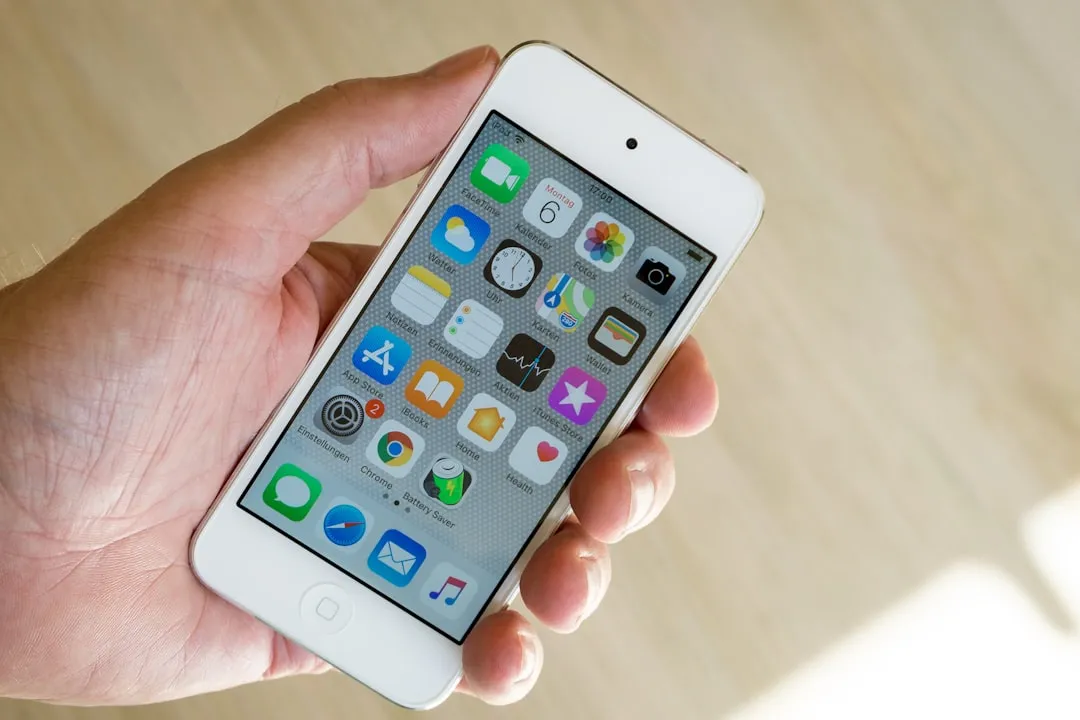
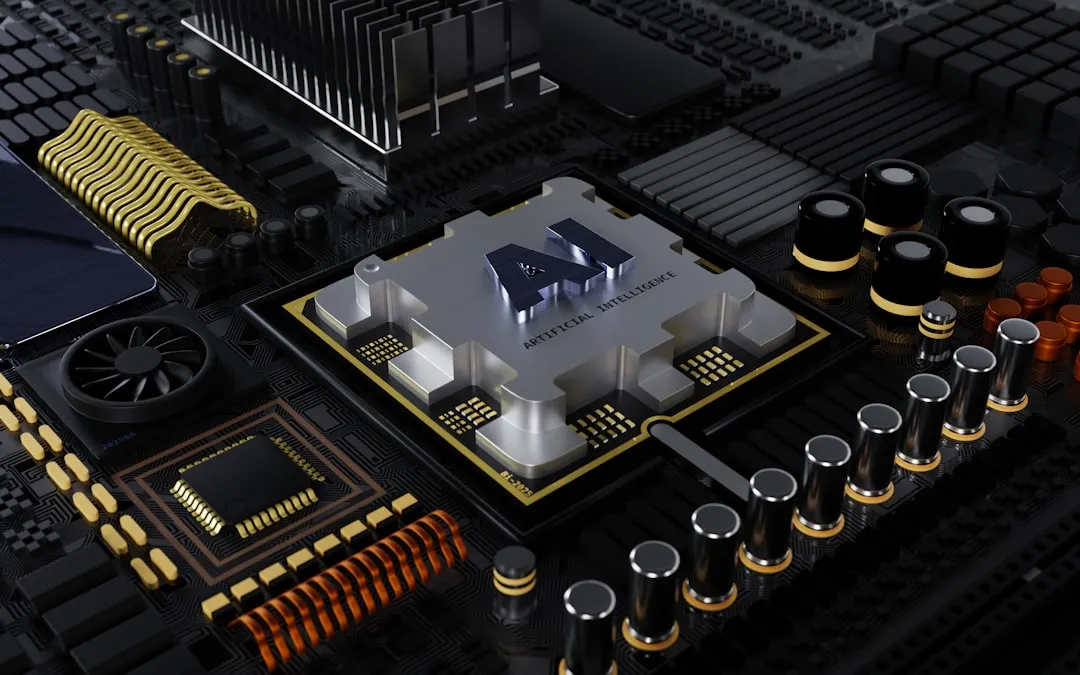
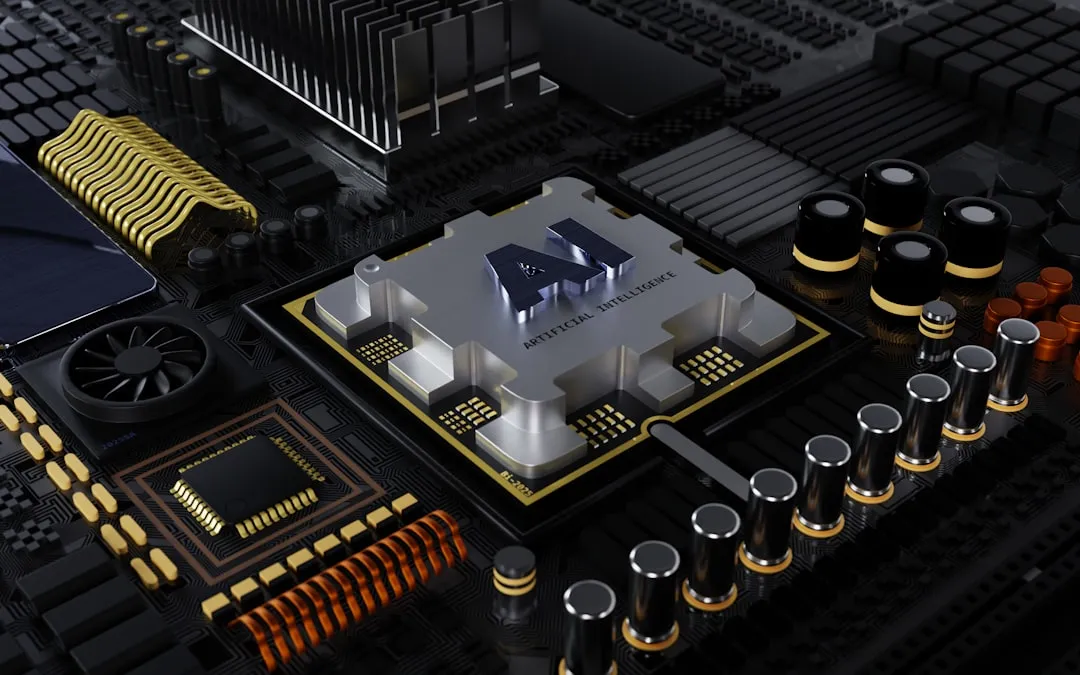
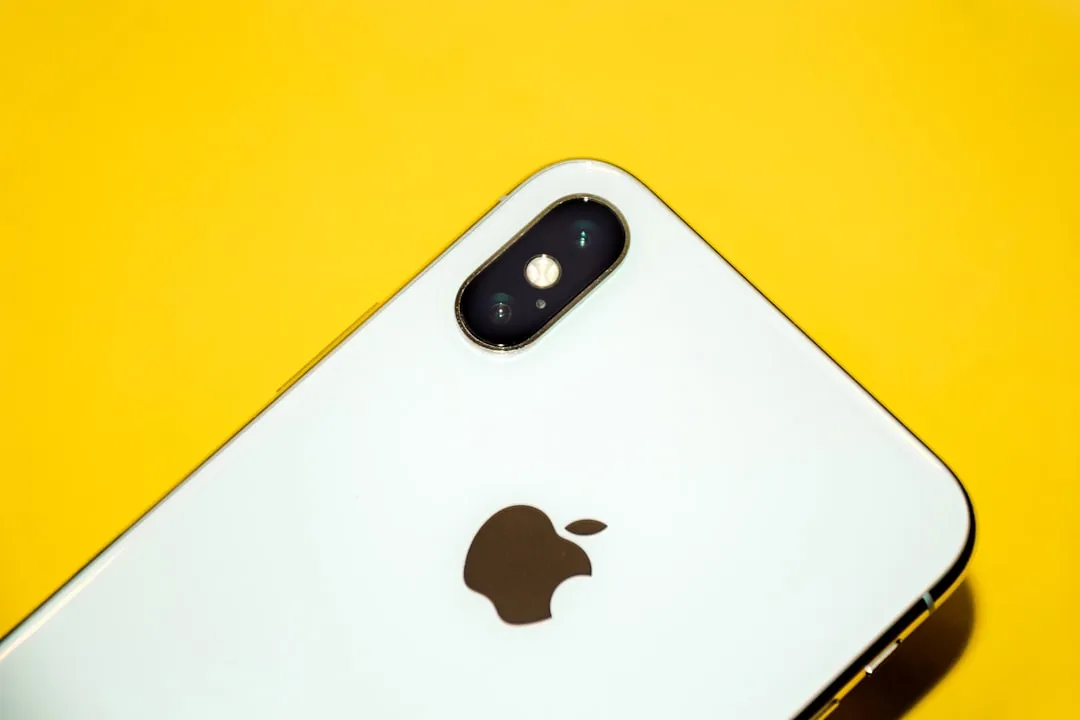

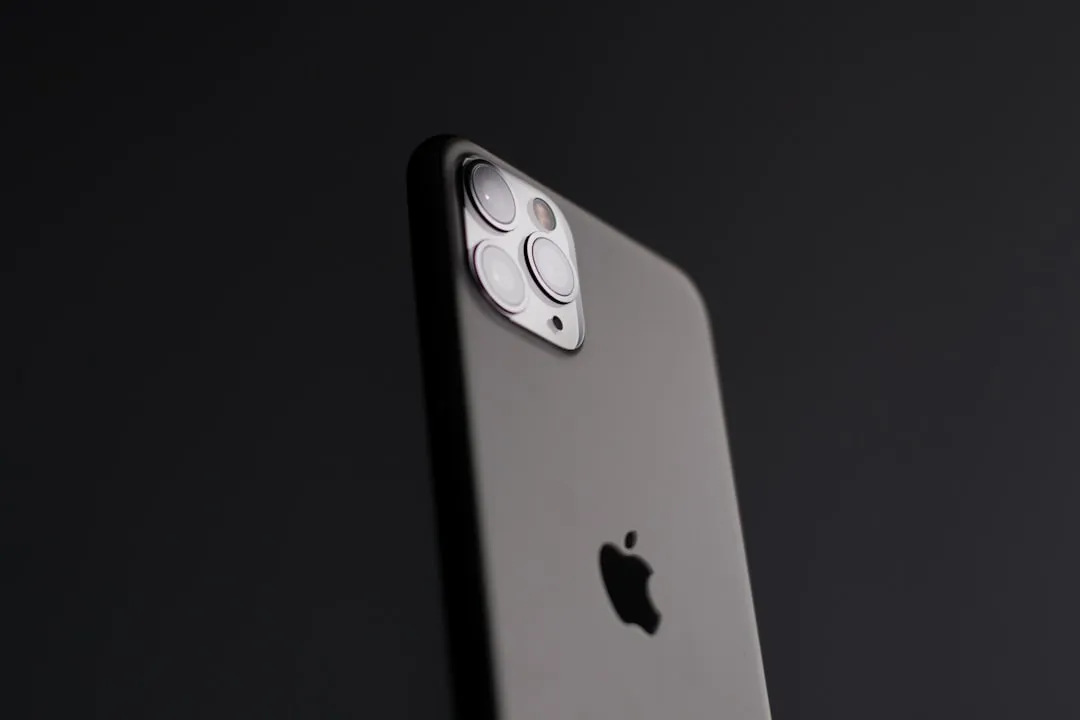


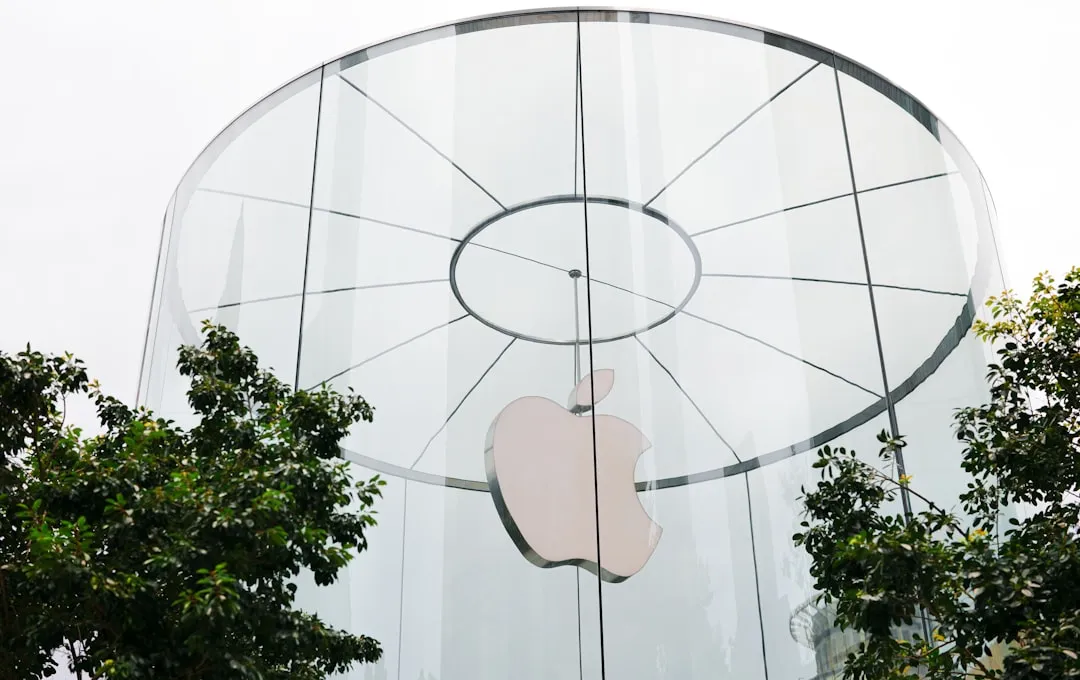
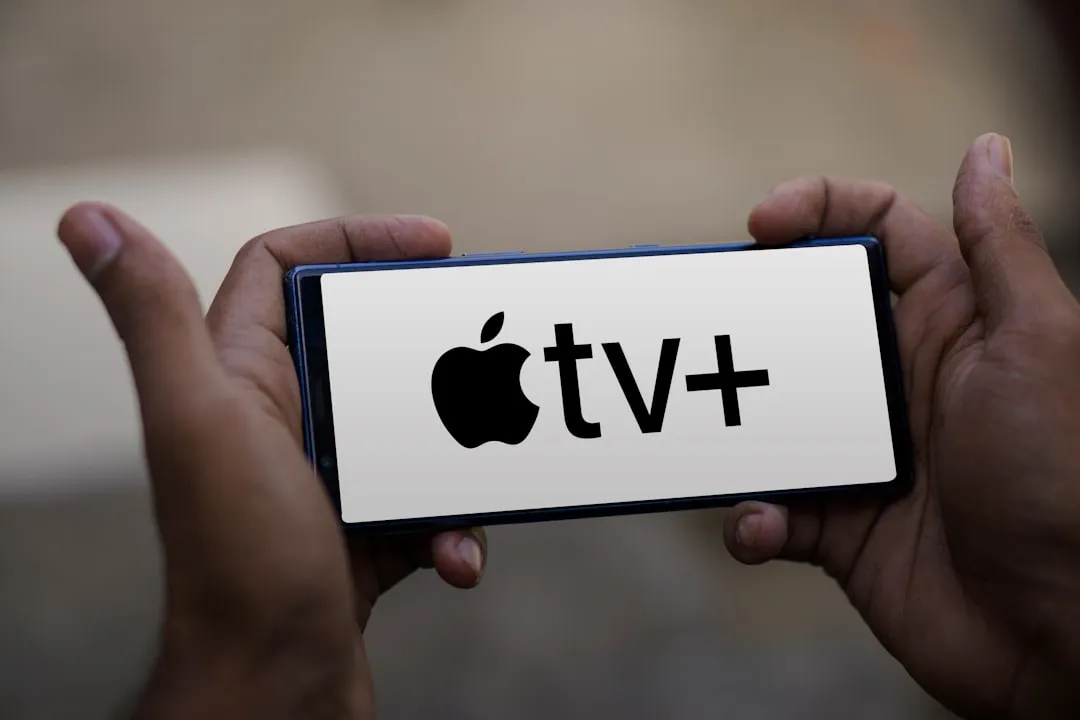
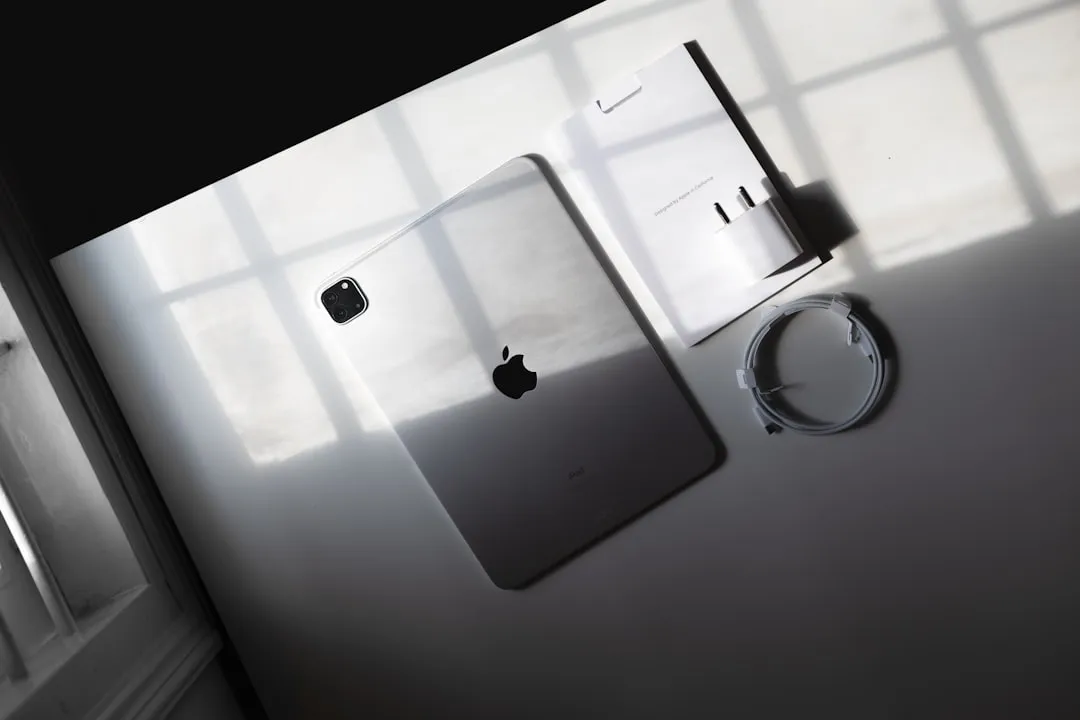

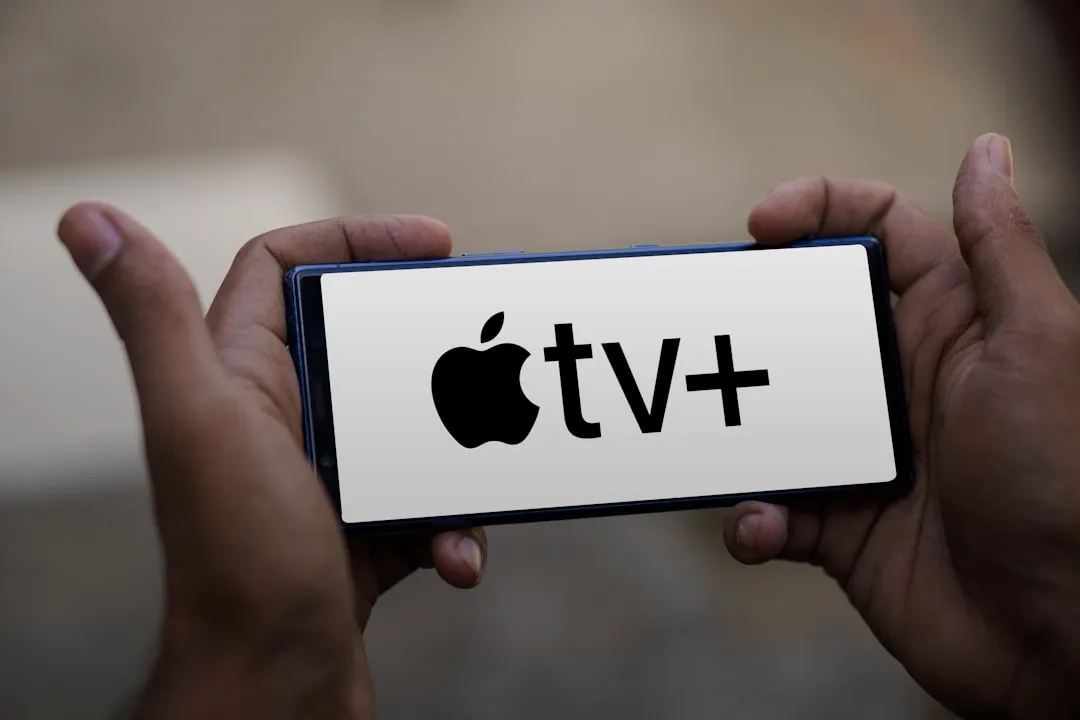

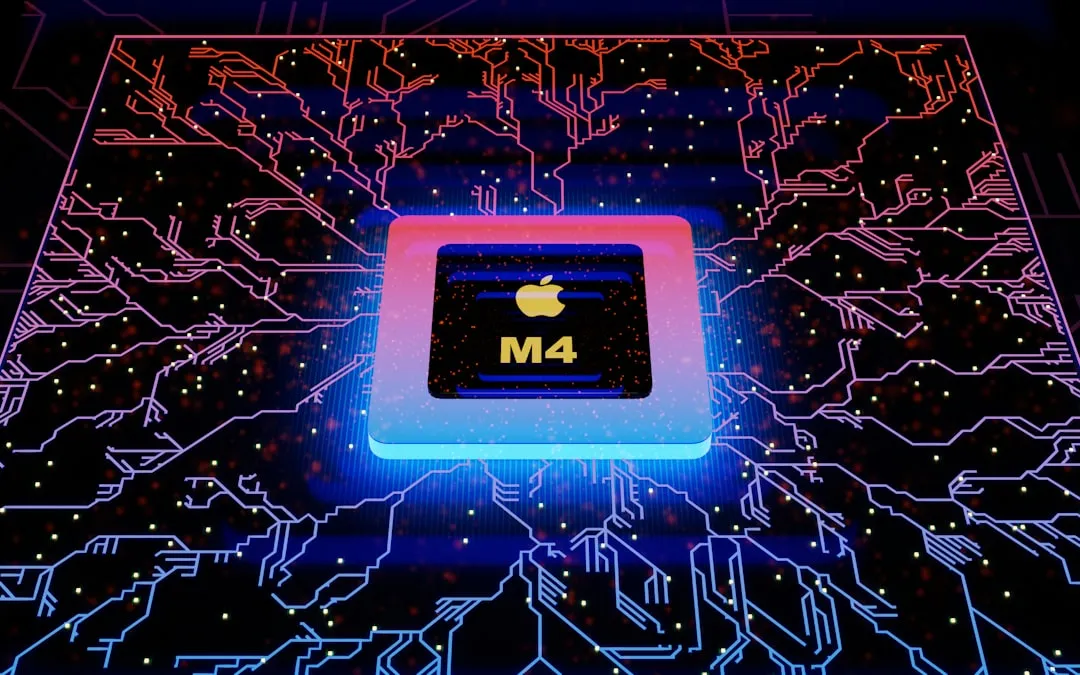
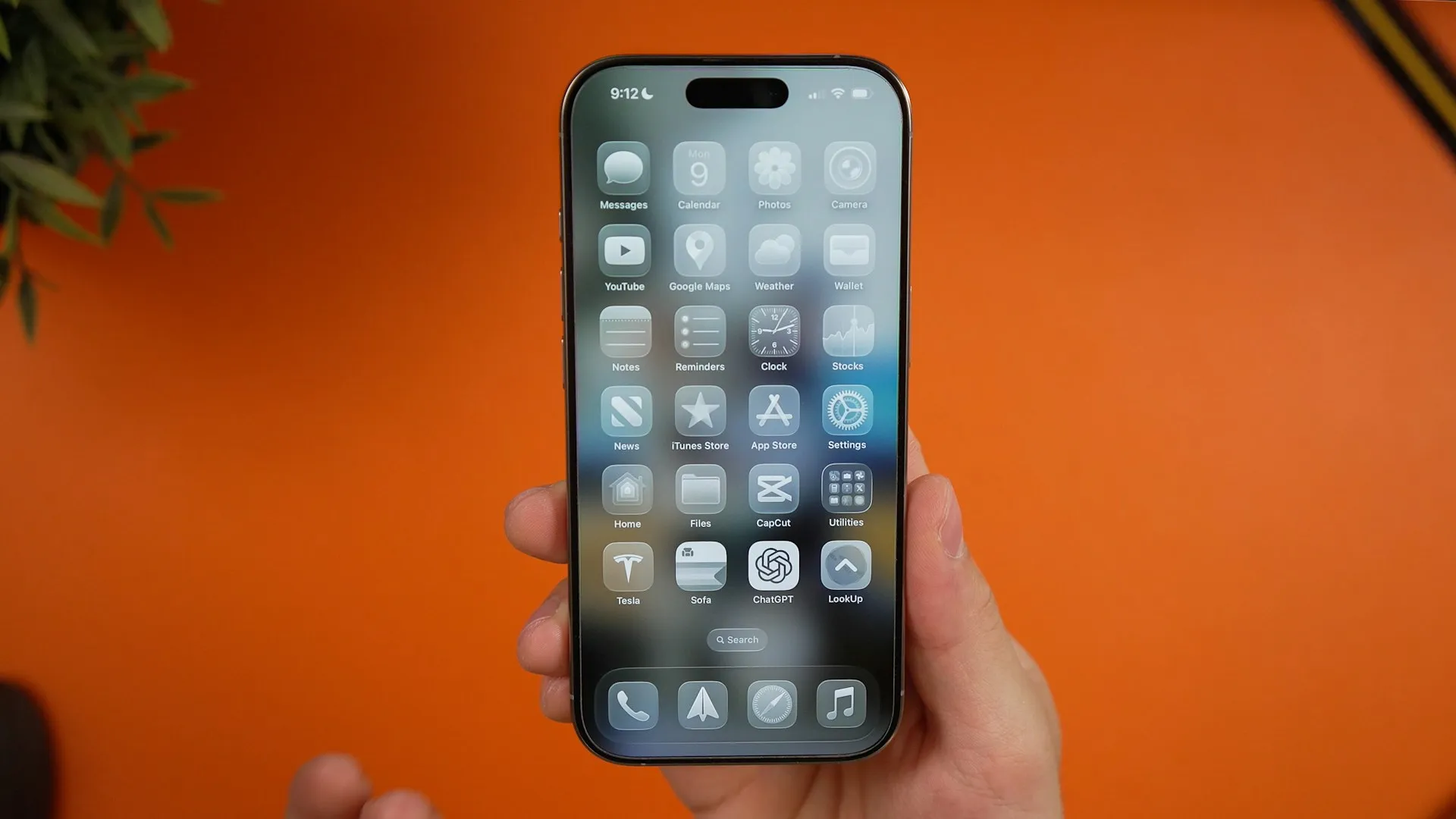

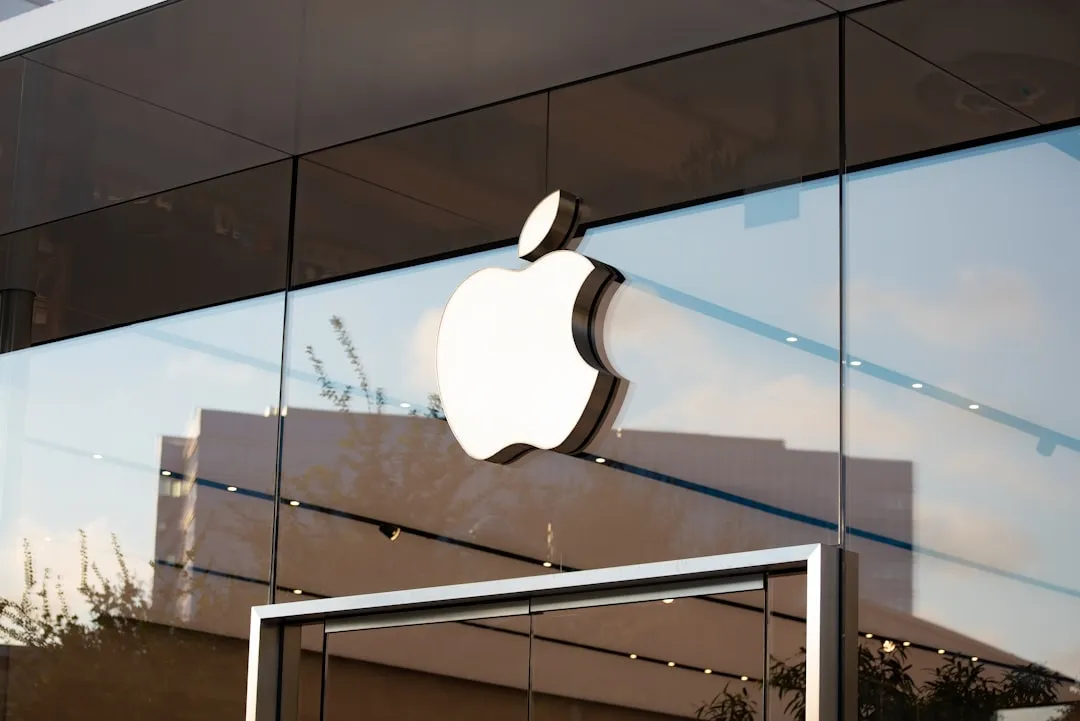



Comments
Be the first, drop a comment!